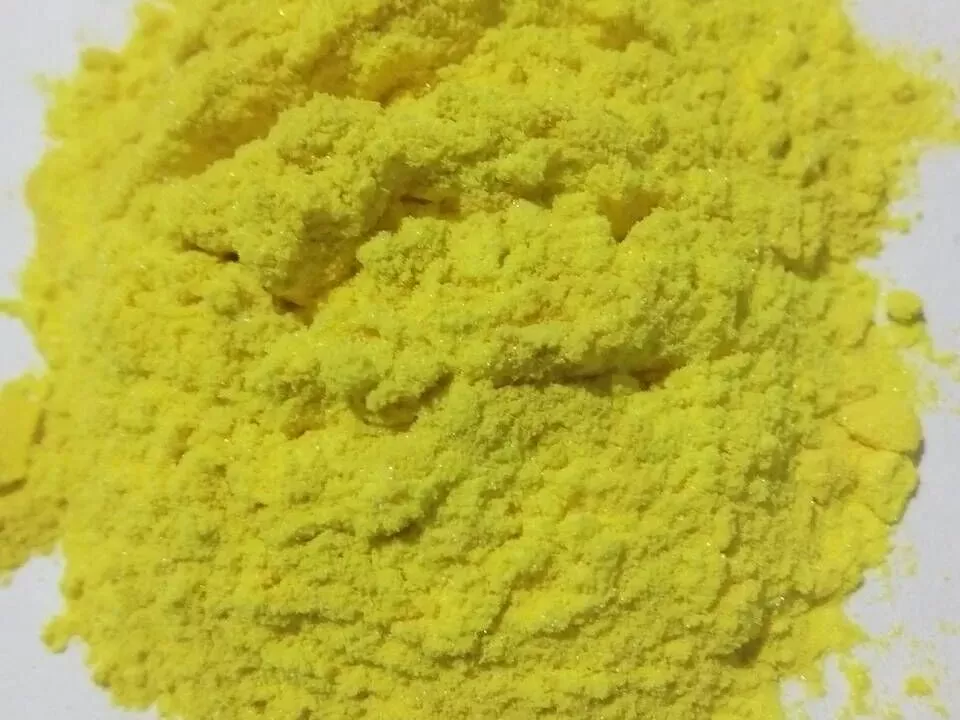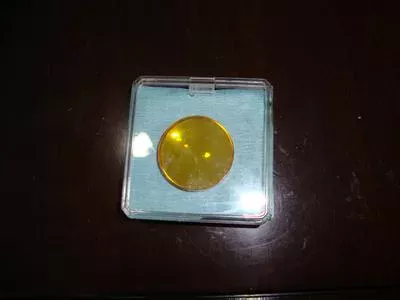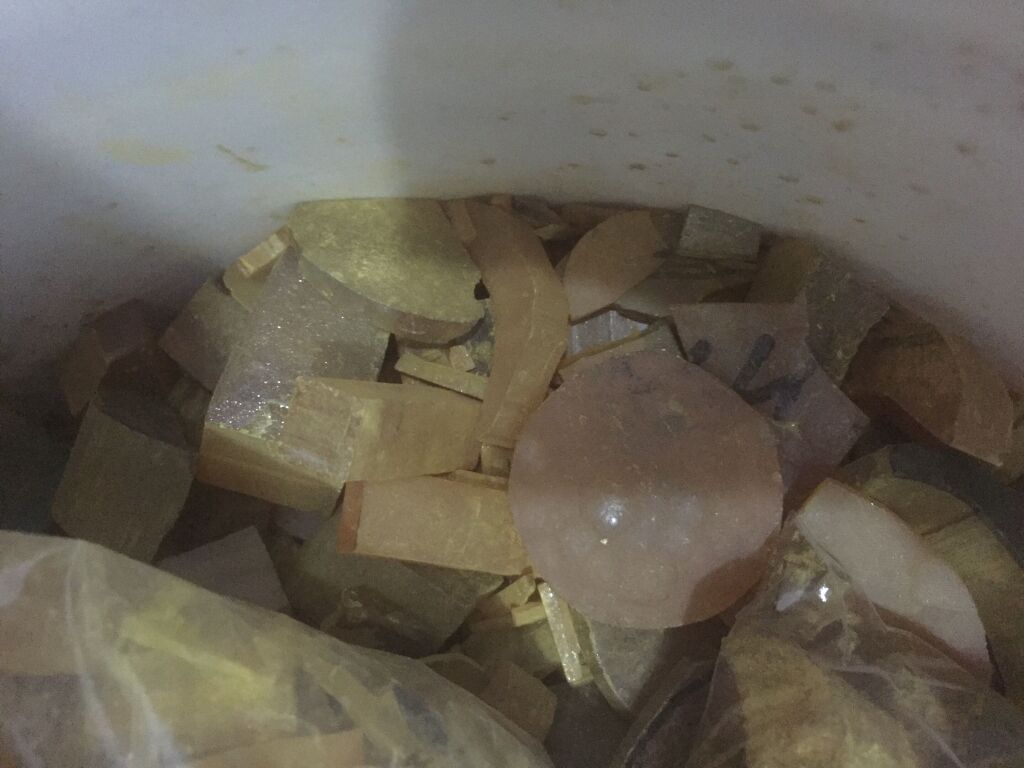Zinc selenide powder is white cubic crystal,which is odorless and toxic. When come to light, it turn red rapidly. It is soluble in water. When dissolve in fuming hydrochloric acid, it reacts with hydrogen peroxide and form zinc selenate. ZnSe is a typical ferroelectric material.
ZnSe is a high-performance optical material known for its transparency in the infrared (IR) spectrum, low absorption, and exceptional durability. These properties make ZnSe essential in various high-tech applications, particularly in infrared optics, laser systems, and imaging technologies, where clarity and precision are critical.



Zinc Selenide Powder
| CAS No.:1315-09-9 | EINECS No.:215-259-7 | Molecular Formula:ZnSe | Molecular Weight:144.33 |
| Melting Point:1100℃ | Density:5.42 | UN 3286 6.1/PG |
Applications
Zinc selenide is mainly for fluorescent material and semiconductor dopant. It gets wide applications in laser, medicine, astronomy and infrared night vision. Zinc selenide granule (pellet) is a kind of evaporation coating material. It owns quick photoelectric switch property, which get uses in streak camera. ZnSe could also act as anode material for aluminum-ion battery. When doped with Cr, Cr:ZnSe monocrystal gets. When doped with Fe, Fe:ZnSe monocrystal get, which is a kind of laser crystal too. However when doped with Ag, Ag:ZnSe quantum dot gets. When doped with Mn, Mn:ZnSe fluorescent quantum dot gets, whose color is adjustable.
In optics, ZnSe is a preferred material for producing infrared lenses, windows, and optical components. Its ability to transmit infrared light from 0.6 to 21 microns makes it indispensable in thermal imaging systems, night vision devices, and infrared spectrometry. Industries such as defense, aerospace, and environmental monitoring rely on ZnSe optics for precision in harsh or demanding environments.
In laser technologies, ZnSe is widely used as a substrate and optical component for high-power CO2 laser systems. Its low absorption and high thermal conductivity allow it to withstand intense laser energy, making it ideal for laser cutting, welding, and medical laser systems. ZnSe is also utilized in beam expanders, mirrors, and focus lenses to enhance laser system performance.
Furthermore, ZnSe finds use in scientific research and experimental setups requiring materials with high infrared transparency and precision. Its role in spectroscopy and analytical equipment supports advancements in chemical analysis, medical diagnostics, and materials science.
